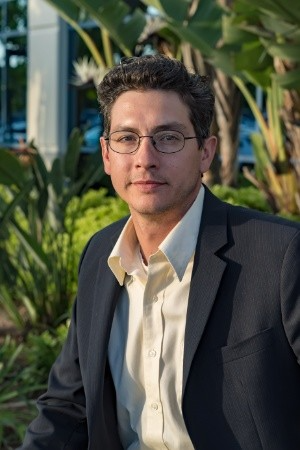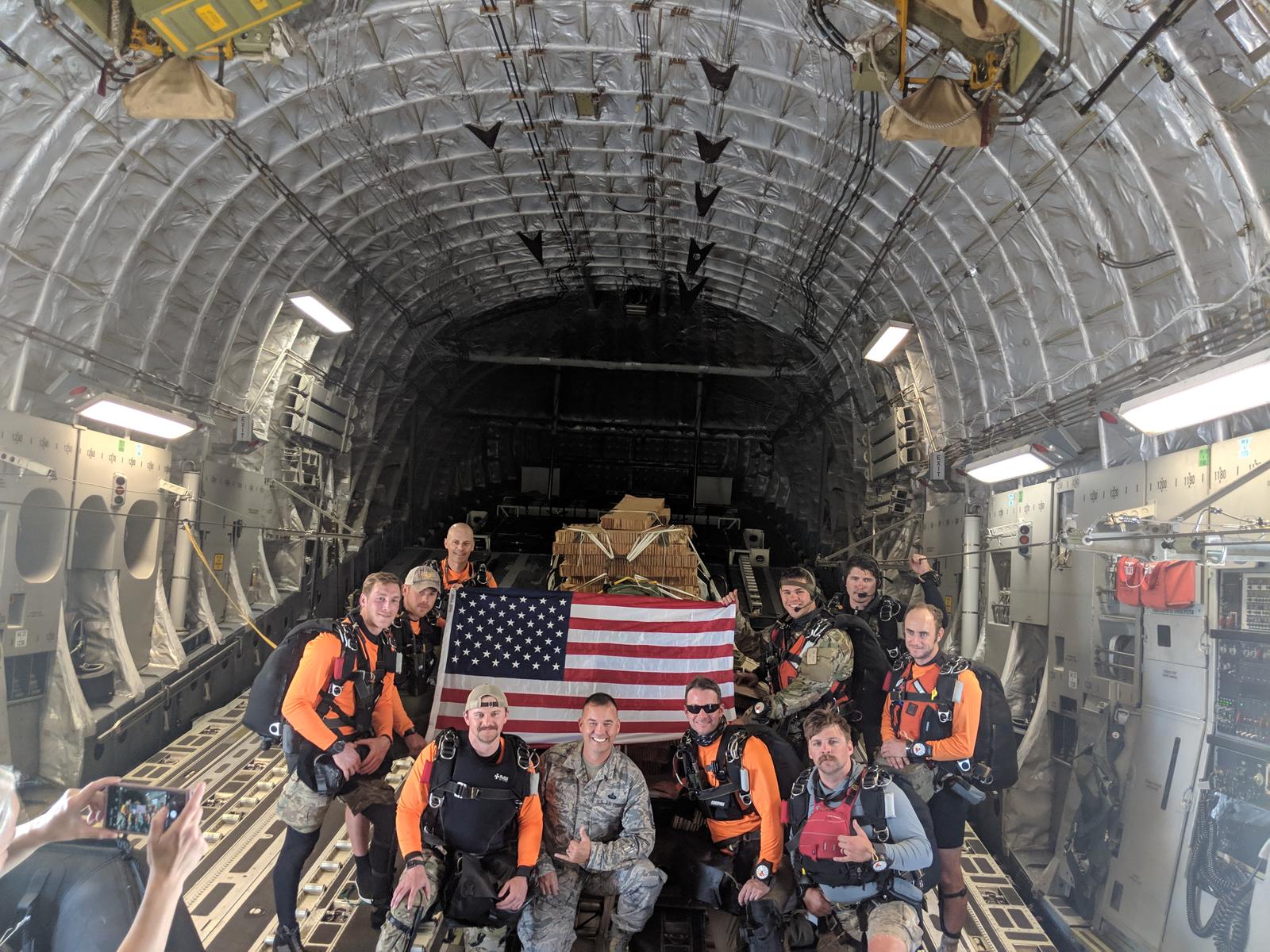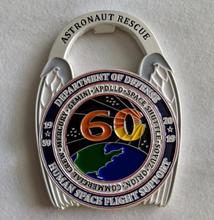Like many of you, we were captivated as NASA and SpaceX ushered in a new era of space exploration with Launch America, the first launch of astronauts from U.S. soil to the International Space Station since 2011.
It’s every kid’s dream to be part of a NASA space mission. That dream came true for us when our work in the Secure Communications team in Cubic Mission Solutions (CMS) enabled us to support the Launch America mission. However, as our CEO Brad Feldmann noted in his LinkedIn post, “the mission is not over until the safe return of our astronauts.”
That’s where we and Cubic were able to help. The Air Force required an emergency solution that would be able to locate the Crew Dragon capsule if it were off course during re-entry and was forced to land in an unplanned location. We were able to provide training in the use of the LARS On The Go (LOTG), a version of Cubic’s Personnel Locator System (PLS), the solution that will be used to locate and facilitate the safe recovery of astronauts Robert Behnken and Douglas Hurley in such a scenario.
In April 2019, we traveled to Coco Beach Florida (next to Patrick Air force base and Cape Canaveral) to provide onsite training for the Airforce’s Astronaut rescue team on the LOTG equipment. We worked alongside Air Force, NASA and SpaceX teams that were also testing equipment, collecting data, and training with us.
The first day we had hands on training with the Air Force Pararescue (PJ) team to introduce them to the LOTG. After only a few hours, these guys were ready to go! The next few days we worked across the teams in a group effort to validate that the gear associated with the recovery mission was performing as expected. We ran the LOTG gear through its paces including a variety of approaches at different distances, elevations, speed, and angles, using different antennas to find the most optimal scenarios for locating the 12x12 capsule in miles of ocean.
On the last day of testing, the Pararescue team practiced doing what they do best. Our training mission was to locate and simulate the recovery of the astronauts from a capsule that was flipped upside down in hundreds of miles of ocean. We flew in a massive C-17 loaded with the PJ team, all the gear that would be needed for the recovery mission, and of course our LOTG.
Once the training mission commenced, the LOTG located the capsule almost instantly. After a few passes, the back of the C-17 opened up. Upon the signal of the jump master, huge pallets of equipment were released out of the back of the aircraft. We could see the gigantic parachutes open and the pallets of equipment slowly fall to the ocean. The PJ’s then simply walked off the back of the C-17 as one would jump into a pool. They floated down to their gear, jumped on jet skis, inflated their boats and went over to the capsule and flipped it right side right up so that they could simulate rescuing the Astronauts.
It’s hard to put the experience into words …
Pride that our technology will support such a critical piece of the Launch America mission. Excitement when the LOTG located and communicated with capsule in the water. Gratitude for the opportunity to support the mission.
It was a week that we’ll never forget. After the success of the training mission, we felt a strong sense of camaraderie with the Astronaut Rescue team and appreciated the badges and coins they bestowed on us for our support.
Like the rest of the America and the world, we’ll be riveted to a screen to witness the re-entry of the Crew Dragon capsule. We’ll watch the brave and highly skilled Pararescue team secure the capsule so they can recover astronauts Robert Behnken and Douglas Hurley. And, we’ll share in the satisfaction of a mission accomplished.
*Co-authored by: Cristino Flores, System Sales Engineer
Cristino Flores is a Sales System Engineer working on the Personnel Locator System and Secure Communication solutions for Cubic Mission Solutions. Customer demonstrations and training are a key focus of his work which he embraces in the Cubic spirit of Winning the Customer. Cristino is a proud U.S. Marine Corps veteran.
Daniel Simpson is an Associate Electrical Engineer for Cubic Mission Solutions where he helps to develop and test electrical and RF systems for ISR Systems. Daniel previously worked with the Personnel Locator System team that included working with NASA and the Airforce on the LOTG project. He served in the U.S. Navy as an Aviation Electrician.







